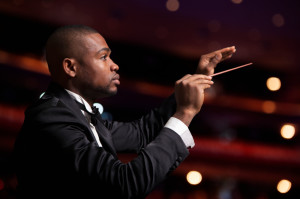Rudolf Laban was 21 years old when the 20th century began. For Laban, as well as his fellow artists living in Munich and Paris, the new century seemed to be a time of great promise. The European nations were colonial powers that dominated 85% of the world economically and politically. Europeans saw themselves as the cultural elite, overseeing a future of unparalleled scientific and technical progress.
Nevertheless, the beginning of the new century was also a period of great anxiety. Modern Europeans possessed a greater understanding of the workings of the material world than any previous civilization. At the same time, knowledge had become increasingly specialized and compartmentalized. General knowledge was no longer general, and many people experienced the loss of a sense of wholeness. The world seemed increasingly out-of-control due to the explosion of information and ideas.

Technological hegemony and information overload are postmodern conditions. Yet there were European artists and thinkers in the early 20th century who saw the break up coming. These artists were looking for an antidote, some way to keep knowledge from fractionating, something to restore a wholistic and humanistic worldview. I believe that Rudolf Laban was one of these artists.
He turned from art to dance for two reasons. First, he realized that dancing is a wholistic act, one that involves both body and mind. Secondly, he saw that movement is the common denominator of all human endeavor. For Laban, to study movement was to study the human condition.
Certainly Laban Movement Analysis has proven to be useful in a variety of discrete disciplines. However, to paraphrase Olive Moore, if we think of human movement as we should – as the outward and visible symbol of man entire, his spirit mirrored indelibly in every conscious and unconscious action – then movement study is not merely useful; it is profound.

